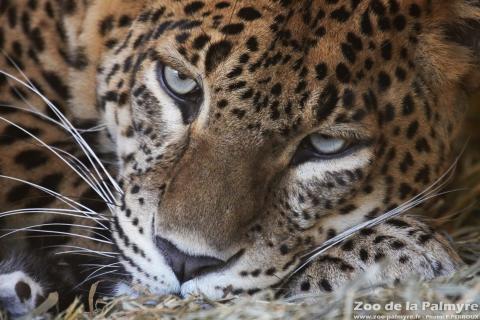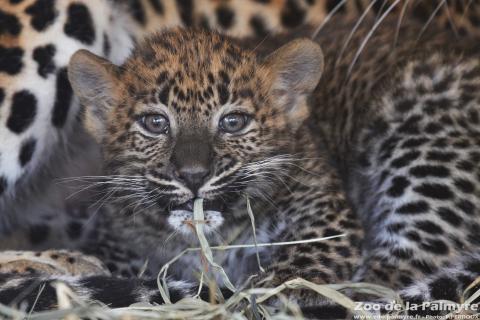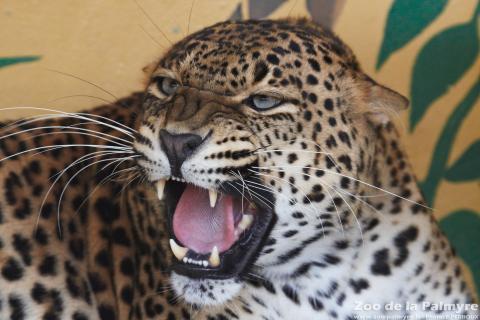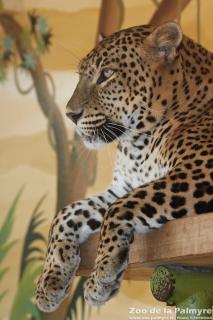Sri Lanka Leopard

Sri Lanka Leopard

-
Class
Mammalia -
Order
Carnivora -
Familly
Felidae
-
 1.4–1.9m
1.4–1.9m -
 ♂ 55kg, ♀ 30kg
♂ 55kg, ♀ 30kg -
 3 months
3 months -
 2-3
2-3 -
 up to 20 years in zoos
up to 20 years in zoos
-
Diet
carnivorous (deer, buffalo, porcupines…) -
Habitat
tropical forest -
Range
Sri Lanka -
 This species is part of a European Breeding Program
This species is part of a European Breeding Program
-
Population in the wild
En diminution -
IUCN REDLIST status


Leopards are renowned for their ability to blend into their surroundings. Solitary creatures, they continually mark their territory in order to keep other leopards away. They are excellent climbers, able to hoist prey more than twice their own weight into a tree. As the only large predator on the island, the Sri Lankan leopard, however, appears to have more diurnal and less arboreal habits than its African counterparts, probably due to a lack of competition from other large predators.
Females stay with their young for their first few days of life but have to go out hunting before long. They leave them hidden in dense vegetation, cracks in rocks or hollow trees but change their hiding place regularly as they are extremely vulnerable to predators when she is away.
The young acquire independence at about the age of one year. Males head off to conquer a new territory, whereas females remain close to their birthplace, sometimes encroaching on their mother’s territory.
Of the 8 leopard sub-species currently recognized, those living in Asia are among the most endangered. They are victims of deforestation and being hunted for their skin. Their bones are also used in traditional Asian medicine instead of those of tigers, which have become too rare.






